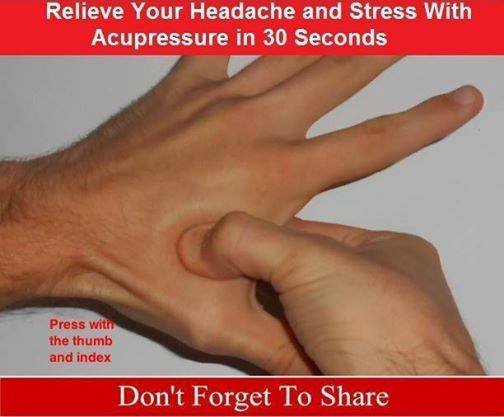Living with tension headaches can be a debilitating experience that impacts daily life, productivity, and overall well-being. While many people turn to over-the-counter medications for relief, there’s a natural, holistic approach that has been used for thousands of years: acupressure. This ancient healing technique from Traditional Chinese Medicine offers a promising solution for those seeking to manage stress and alleviate headache pain without relying solely on pharmaceutical interventions.
Understanding Acupressure: An Ancient Path to Modern Healing
Acupressure is a therapeutic technique rooted in Traditional Chinese Medicine that involves applying precise pressure to specific points on the body. Similar to its cousin acupuncture, acupressure aims to balance the body’s energy flow, or Qi, by stimulating key meridians. However, unlike acupuncture, acupressure uses gentle pressure from fingers and hands instead of needles, making it an accessible and non-invasive method of pain relief.
The underlying principle of acupressure is fascinating. By targeting specific pressure points, practitioners believe they can:
- Release muscle tension
- Improve blood circulation
- Stimulate the body’s natural pain-relief mechanisms
- Trigger the release of endorphins, the body’s natural “feel-good” hormones
How Acupressure Combats Tension Headaches
Tension headaches typically result from stress, muscle strain, and poor posture. They often manifest as a tight, pressing sensation around the forehead, temples, and back of the head. Acupressure offers a targeted approach to addressing these symptoms by focusing on specific trigger points that can help relax muscles and reduce pain.
Research has shown that acupressure can be particularly effective in managing tension headaches. By applying careful pressure to strategic points, individuals can experience rapid relief and a sense of relaxation that pharmaceutical interventions might not provide.
Key Pressure Points for Tension Headache Relief
Several critical pressure points can help alleviate tension headaches:
- LI-4 (Hegu Point): Located in the web space between the thumb and index finger, this point is renowned for pain relief and stress reduction.
- GB-20 (Gates of Consciousness): Found at the base of the skull, these points can help release neck tension and reduce headache intensity.
- Neck and Shoulder Area: Applying gentle pressure to trigger points in this region can help relax tight muscles contributing to headache pain.
Practical Techniques for At-Home Acupressure
Learning to perform acupressure at home is relatively simple and requires minimal equipment. Here are some practical tips:
- Use your thumb or index finger to apply firm but gentle pressure
- Hold each pressure point for 30 seconds to three minutes
- Breathe deeply and maintain a relaxed posture
- Consider using massage tools like tennis balls for hard-to-reach areas
While acupressure is generally safe, it’s crucial to listen to your body and avoid pressing too hard. If you experience persistent pain or have underlying health conditions, consult a healthcare professional before starting any new treatment.
Integrating Acupressure into a Holistic Wellness Approach
Acupressure is most effective when combined with other relaxation techniques. Consider integrating it with:
- Meditation
- Deep breathing exercises
- Regular physical activity
- Proper sleep hygiene
Conclusion: A Natural Path to Relief
Acupressure offers a promising, natural approach to managing tension headaches and stress. By understanding and applying these techniques, individuals can take proactive steps toward better pain management and overall well-being. Remember that healing is a journey, and what works best can vary from person to person.
While acupressure is not a miracle cure, it represents a holistic, side-effect-free method of addressing pain and stress. With patience, practice, and an open mind, you can harness the power of this ancient healing technique to improve your quality of life.





